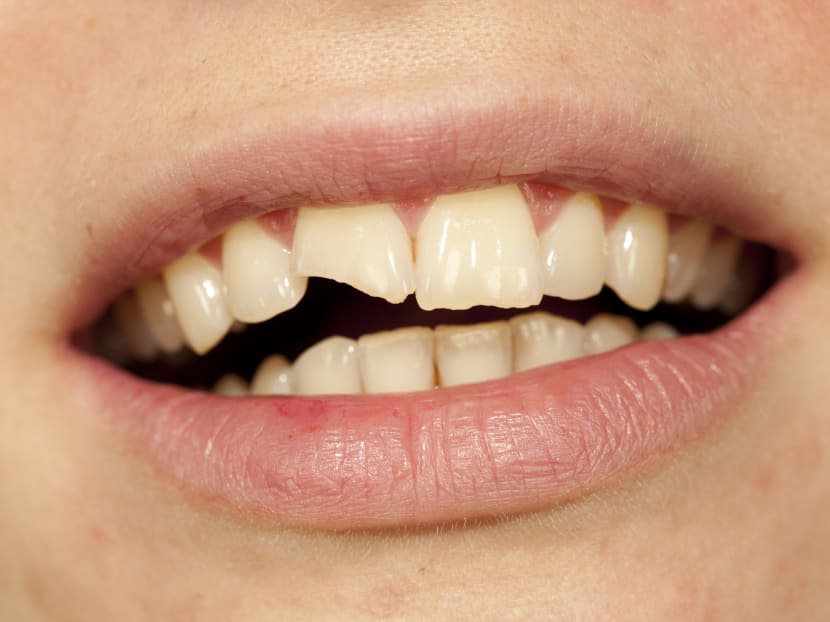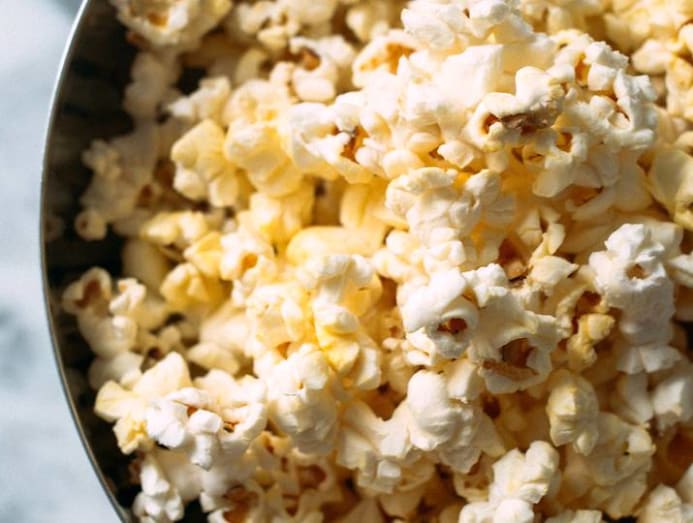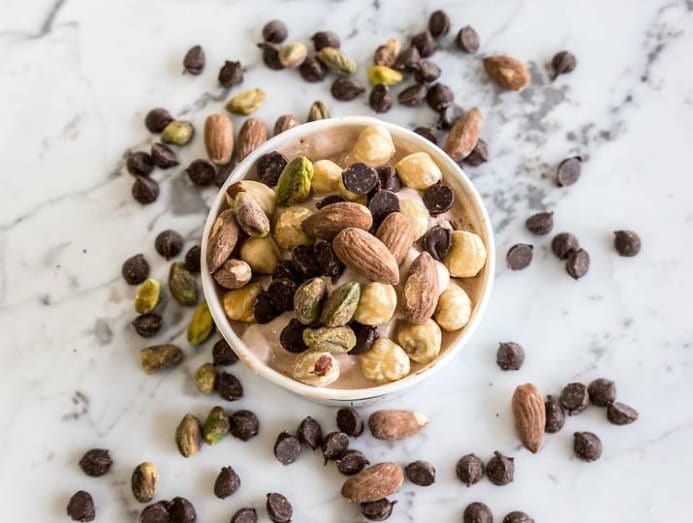Time to chew slowly: How eating economy rice can lead to broken teeth
Even the most common foods you eat can crack your tooth if you’re not careful – and we’re not talking about crunching ice. Also, what do you do if you've accidentally swallowed a tooth?

(Photo: iStock/dabjola)
When you think of broken teeth, you probably imagine someone getting into a fist fight. Or doing something silly like using one’s molars like a Swiss Army knife to open a bottle of beer. In other words, things any sensible person would avoid doing.
But as it turns out, even eating the most common of everyday foods can cause you to fracture a tooth – and we’re not even talking about crunching ice or trying to crack a chilli crab pincer with your pearly whites (which are both a given).
“Posterior teeth (premolars and molars) are more prone to cracks due to accidentally biting onto something hard like bones,” said Dr Chan Pei Yuan, a consultant in endodontics at National Dental Centre Singapore’s Department of Restorative Dentistry.
This is aside from other bad habits one might have, such as jaw clenching and teeth grinding, Dr Chan added. All these factors can cause craze lines or superficial cracks to develop on the surface of a tooth over time, she said.
While you probably need some expert advice on how to deal with jaw clenching and teeth grinding, eating safely is something you can do immediately.
Here are some common foods you might want to go easy on if you want your teeth to last longer.
ECONOMY RICE OR NASI PADANG
A “masticatory accident, such as when one accidentally bites on something hard while eating” can lead to craze lines, said Dr Chan. “Sometimes, it can be due to small stones hidden in rice or vegetables.” Small, broken bits of bone in soups and curries, or from chopped cuts of meat can also be tooth-busting for the same reason.
And definitely do not go gnawing on chicken or rib bones if you have teeth that have large cavities or previous large-scale restorations, said Dr Chan.
They may be “prone to cracks as the tooth structure is more compromised as compared to an intact tooth”.Your best bet is to not wolf down your food. Take smaller bites and chew slower, so if you detect a bone or stone, you can remove it before you break something.
JAPANESE RICE CRACKERS AND MURUKKU
Your teeth are actually pretty tough. In fact, the enamel, which is the outermost layer of the tooth and the part that you see when you open your mouth, is “the hardest organ in the human body”, said Dr Chan.
While that may be so, the enamel is also brittle, said Dr Michael Sinkin, an adjunct clinical associate professor at New York University's College of Dentistry. So, when you chomp down on hard, dense versions (not the airy, puffy types) of snacks such as Japanese rice crackers, prawn crackers and murukku, it's like pitting your teeth against those snacks. And sometimes, your teeth lose.Small bites of hard snacks are better than big ones at keeping your teeth crack-free.
STICKY, CHEWY SWEETS
They're soft enough to offer to young kids, so what can go wrong? Treats such as White Rabbit sweets, toffee and nougat won't break anything in your mouth but they can pull off a tooth's crown or filling, according to Dr Sinkin. "Chewy candies have an unparalleled ability to engulf your dental work and yank it out," he said. And when that happens, cracks may form in the tooth owing to its weakened state.You're better off sucking on a hard sweet (just don't crunch on it) but if you can't resist chewy treats, check your teeth after eating to ensure your dental works are intact.
POPCORN
Most people mindlessly chew on popcorn, especially when they're preoccupied by what's on the movie screen. Besides, it's soft, puffy popcorn – what's the worst that can happen?
An unpopped kernel, that’s what. "Teeth often break when, in the process of eating something thought to be soft, an unexpected hard object is encountered and the force of impact overcomes a tooth’s integrity," said Dr Sinkin.
You don't have to give up popcorn; just chew slowly. If your mouth detects an unpopped kernel, you can spit it out.

MIXED NUTS
Sometimes, it's not the nuts per se but stray pieces of shell that find their way into the packet. And because the shells of nuts such as walnut and almond are very hard, biting into them can be a tooth-splitting experience.
Picking out the shells may be tedious but possible if you don't shove the nuts into your mouth or mix them with other nuts, seeds and dried fruit. It also helps to chew slowly, so if your mouth feels a shell, you can detect and remove it before breaking a tooth.

I SWALLOWED A TOOTH. NOW WHAT?
What if you still can't avoid breaking a tooth and even swallowed a part of it, despite all the precautions taken? If it helps to calm you down, you don’t have to take laxatives as the broken tooth “will easily be passed through the digestive tract, along with food, without causing any harm”, said Dr Chan.
If it’s a small fragment, the tooth may even be digested by your stomach’s gastric juice, which has a pH of 1 or 2, she said.





